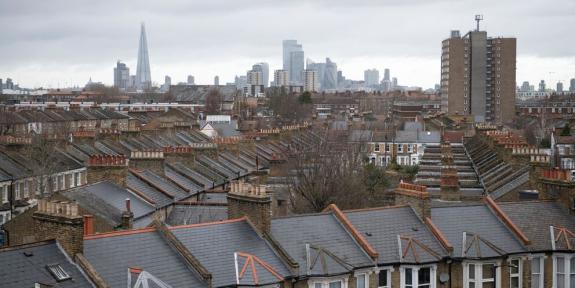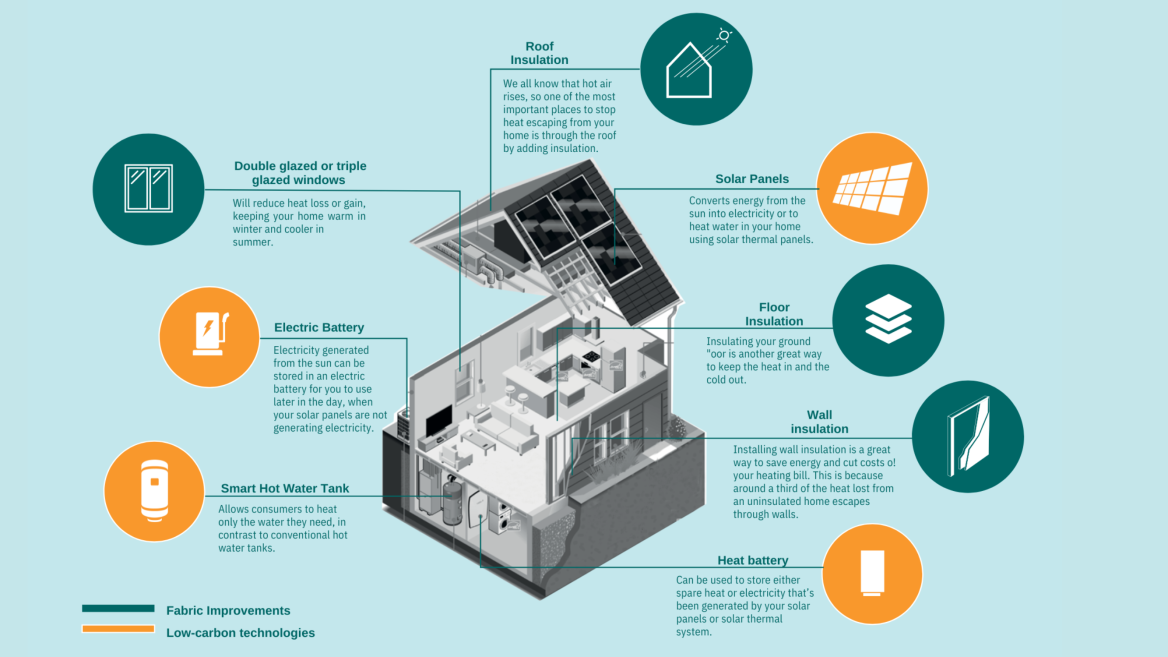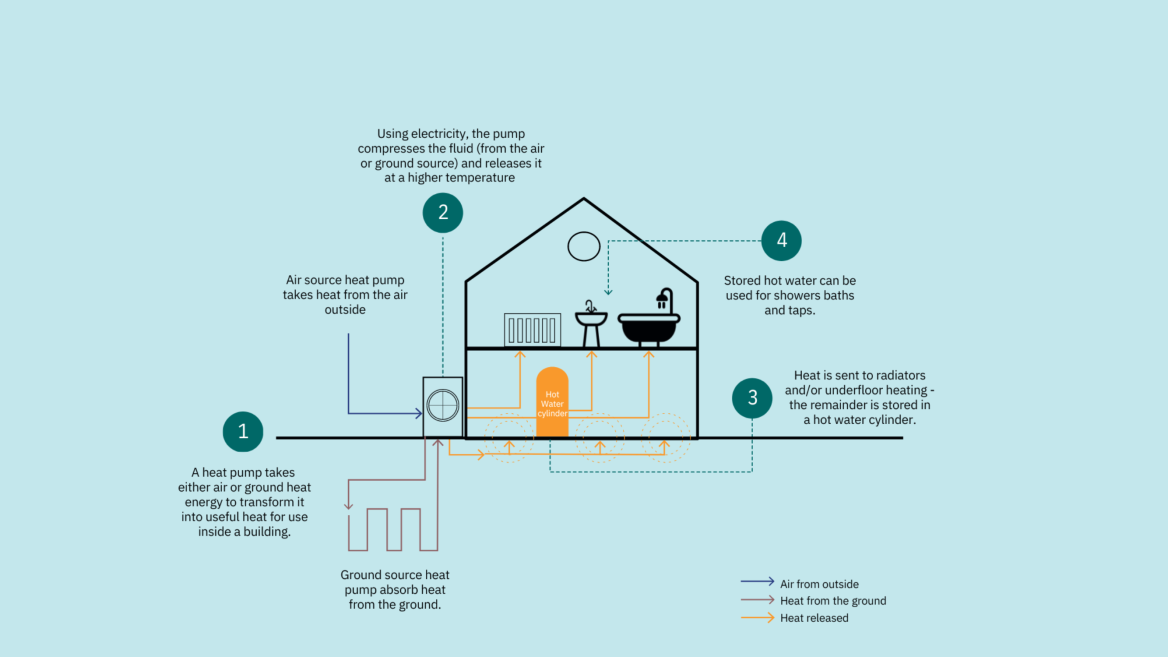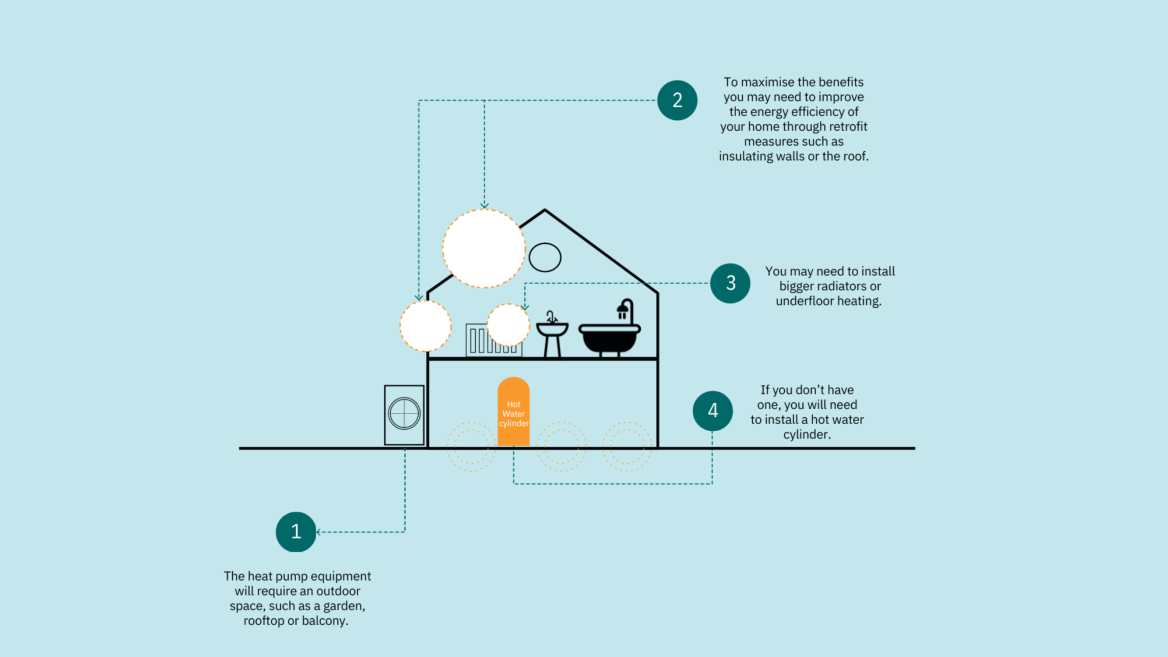More energy-efficient homes in London
Stage: Evidence gatheringCity Hall’s Infrastructure team wants to know your thoughts on switching to greener ways to heat your home and make it more energy efficient. Find out more about energy-efficient measures and have your say.
Closed
1091 Londoners have responded | 09/01/2024 - 18/02/2024

The challenge
Did you know that heating homes and buildings is the UK’s biggest source of carbon dioxide emissions?
When the Mayor declared a climate emergency in 2018, he set out to reduce London’s carbon emissions to net zero by 2030. This is where the amount of harmful emissions we add to the atmosphere are equal to or less than what we take out.
To help London achieve net zero, the Greater London Authority is working with local councils on Local Area Energy Plans (LAEP).
These plans set out how a local area can reduce their carbon emissions. These plans consider:
- How buildings can be made more energy efficient
- Whether upgrades will be needed in the home
- What the local council needs to do to make the plan happen
London needs to change the way we heat our homes if we are to reduce carbon emissions in our city. To help local councils make these plans, City Hall’s Infrastructure team want to know how Londoners feel about ways they can make their home more energy efficient.
Your insights will make sure that local councils are making the best Local Area Energy Plans for their boroughs.
Delve deeper
Our approach
City Hall’s Infrastructure team are asking Londoners to take this survey to support your boroughs in making Local Area Energy Plans that meet your needs.
The team will share the anonymous results of this survey with boroughs across London. The results will also be shared with market research agency Savanta. They have been commissioned by City Hall to analyse the feedback from Londoners.
Policy team
Emma and Isobel from City Hall’s Infrastructure Coordination Service team will be reading your comments.
Their team works with boroughs across London to deliver solutions to some of the biggest challenges we face. These include:
- Expanding electricity connections to meet housing demand
- Managing the water system
- Reducing carbon emissions
The team helps the Greater London Authority (GLA) and borough partners plan how we can continue to meet the needs of Londoners now and in the future.
Energy-efficient measures explained
- A biomass boiler burns sustainably sourced wood pellets or other organic matter instead of gas or oil. It releases carbon dioxide when burned, but considerably less than fossil fuels.
- Decarbonising is about reducing the amount of carbon dioxide (CO2) into the atmosphere.
- An electric storage heater stores heat generated from cheap night time electricity and release it during the day.
- A heat battery uses excess renewable energy to heat or cool water to be used for other purposes, sometimes at different times.
- Heat networks (also known as district heating) supply heat from a central source to consumers, via a network of underground pipes carrying hot water.
- Heat pumps absorb warmth from either the air outside or the ground and use it to supply your home’s heating and hot water, even when temperatures gets below freezing.
- A home battery system stores electricity for use in your home at another time.
- A hydrogen boiler is a gas-fired heating boiler which can burn either natural gas or pure (100%) hydrogen.
- Net zero means that the amount of harmful emissions we add to the atmosphere should be equal to or less than what we take out.
- Retrofitting is the process of upgrading or improving buildings and homes so that they consume less energy – for example heat or power for lighting and appliances.
- A smart hot water tank is a storage tank that allows consumers to heat only the water they need, in contrast to conventional hot water tanks which heat all or nothing. This saves on energy, cost and carbon emissions.
- Solar electricity panels, also known as photovoltaics (PV), capture the sun's energy and convert it into electricity that you can use in your home.
- Solar thermal panels are installed on your roof. These devices absorb the sun's heat and use it to heat up water.
How can we make our homes more energy efficient?

What is a heat network?

How do heat pumps work?

How might your home change with a heat pump?
